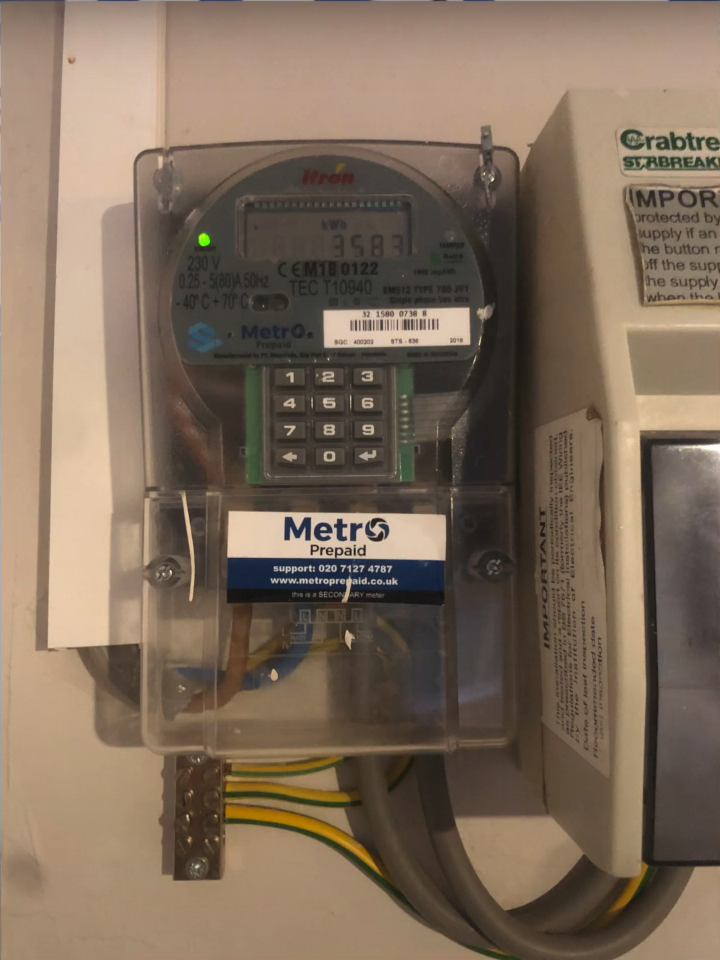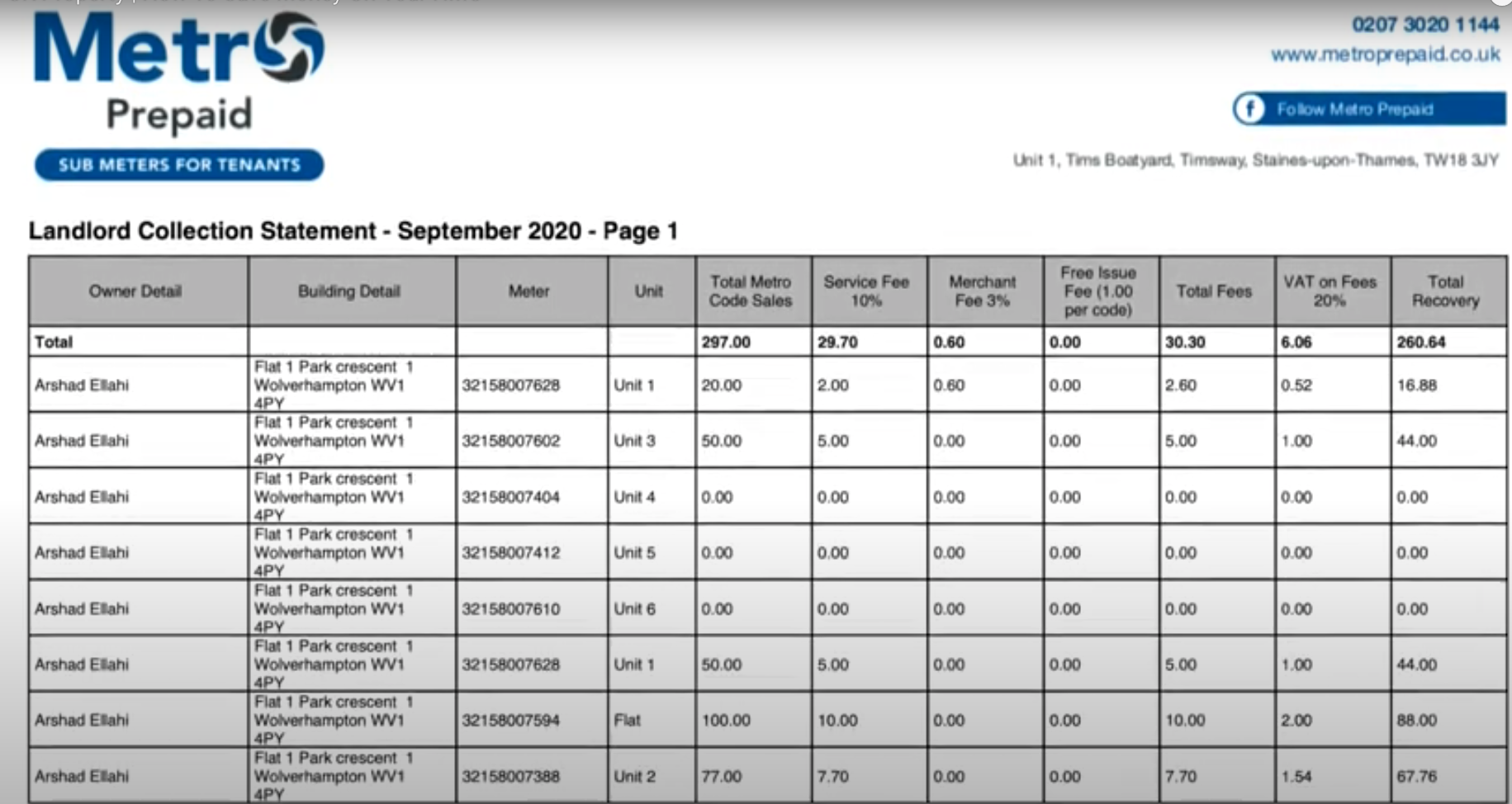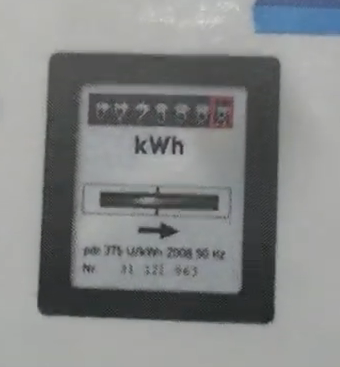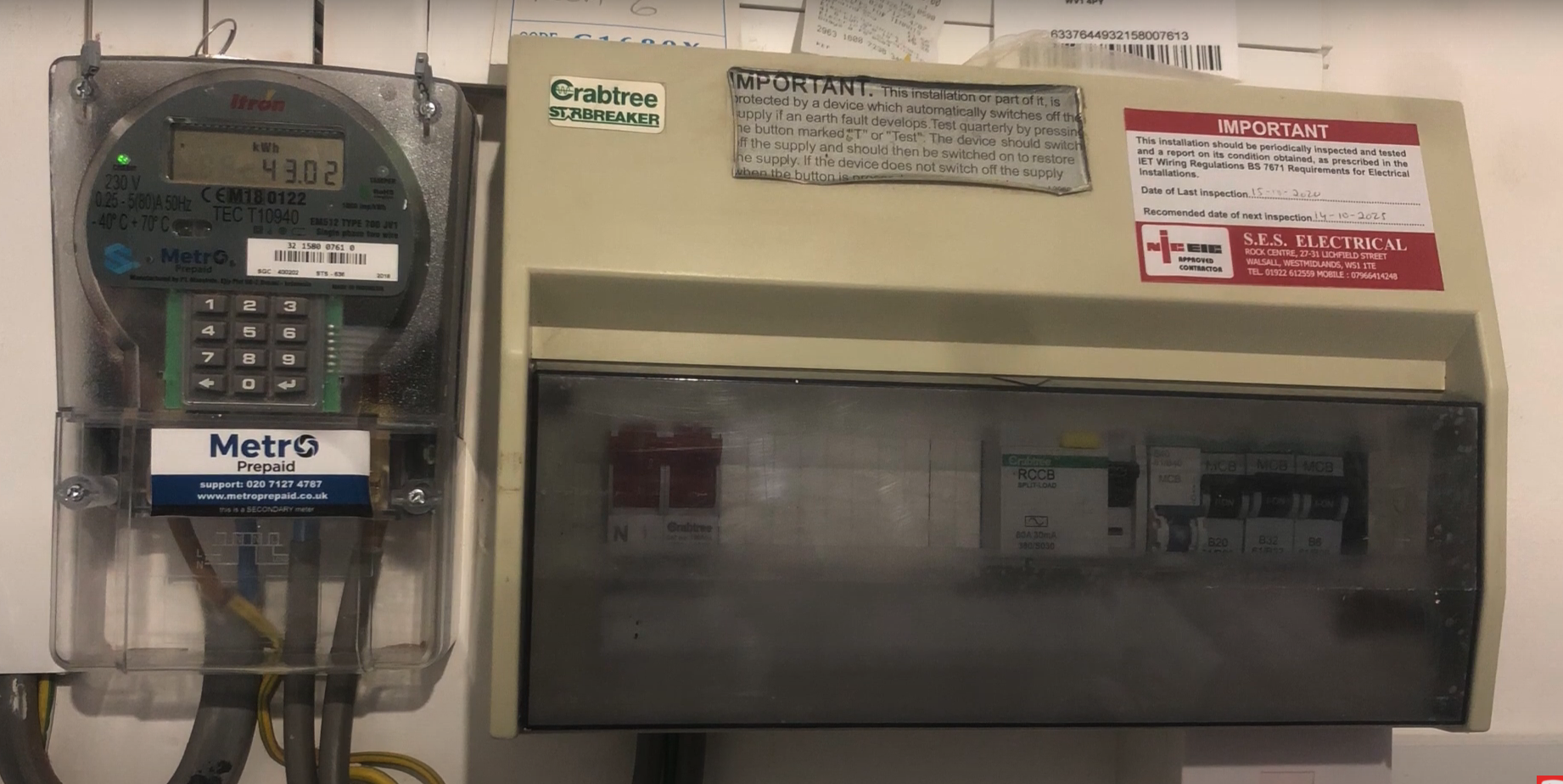This blog post is an edited transcript of a video done by Arsh Ellahi on Youtube.
I've got something really valuable as a top tip for all HMO owners and property owners. I'm going to be telling you how you can save money on your utility bills in your HMO.
Let me ask you the question: do you own an HMO? If so, are all the bills included? are you including electricity? Are you including the gas and central heating? And is that having a negative effect on your cash flow?
If so, I'm going to be talking to you about a company that has been introduced to me called Metro Prepaid and what they do is supply landlords or you can buy meters off Metro Prepaid which allow the tenants to control their usage and also collect payments so that the electricity and gas is not coming out of your own pocket.
I'm also going to show you an example of how I've fitted these meters into one of my properties and how it's working on a practical level. So let me tell you a little bit about the product.
One of the meters that has been delivered to my office, it's called Metro Prepaid, and it's a prepayment meter for tenants. It collects payments and it controls the usage.
Now, how it works is that we install one of these meters. So, I'm going to be unboxing the meter so you can have a real good look at how these meters look and how they feel and you can see how robust they are because as we all know tenants have heavy hands.
How these meters work is that they are all installed in each of the rooms within the HMO. So, practically each of the rooms have to be wired to their own and the meter is then connected to the consumer board and you'll see how I've done this in one of my HMOs.

BUYING CODES
When a tenant wants to use electricity in that room they have to ensure that they have sufficient credit on their meter, which they can buy from any PayPoint zone. What's the beauty about this is that they can pay by PayPoint, they can actually go online and do a transfer via Barclays or they can actually go onto the website which is metroprepaid.co.uk and they can buy what they consider power codes.
RECHARGING UNITS
As a result of that, Metro Prepaid will already have the tenant's name and phone number; they then get either a text message or an email confirming a 20-digit code, which they then input into the meter digitally or with the buttons. Once they input the 20-digit code they then press the red enter button and the meter accepts this allowing them to use electricity.
This is not a new concept but it's made it more convenient for landlords to control their bills and more importantly it's made the tenants more aware of what they're using.
UNBOXING
Once you open the new meter box, it comes with a little card that you take to any PayPoint zone and has a unique reference code which correlates to the meter’s serial code.
Every time a payment is made on the card, they will know it's regarding the meter’s serial code and then any code that they put into this meter will then show that it's the credit for that room and will provide that room with electricity.
The landlord will still have a master meter in the property so - as you are right now - you're still paying the electricity and gas for that property, however, what you do is rewire some of the rooms and you fit some of these meters. When the tenant tops up, at the end of every month I (landlord) get a statement from Metro Prepaid telling me who's topped up and how much they've paid that month. As a result, that money is then sent to my bank account (which Metro Prepaid asked for from the outset on the setup stage which is very easy to do). Once the funds are received, I then pay my bill for the main meter.

The product is very strong and robust, when it's switched on it'll have a digital display (for units), it has contact details and tenants can call the 24 hour help desk. It has nice rubber buttons that have an easy feel. The bottom is where the electrician will wire in all their cables to make sure that the meter is running effectively. It's not very big nor very thick, it's very easy to hang and install.
On the back of the box, it's got a very easy installation guide as to how this works. The existing main meter will remain in the property and within the utility area, so the house will still have its main meter. These are what are considered sub-meters, used for sub or secondary metering only and may not be used as a main or primary meter.

It's installed below or downstream of a main meter supplied by your energy supplier, e.g. the main supplier is MPower and they send me a bill every quarter and I then see how much money I've collected from Metro Prepaid and then I pay my bill to MPower - it really is as simple as that.
WHY I LIKE IT
The reason I also like this is the fact that most HMOs will only have one main consumer board and as a result of fitting these meters, each of my rooms now have a mini consumer board which means that if something is defective in that room it will only trip out that room and i don't have to go around the whole house looking for which appliance is defective.
Finally, as a landlord I now don’t have to worry about how much electricity or how much gas that property is using because if it is being used a lot I can sit comfortably knowing that the tenants are paying for that. So if they've got their heater on, the washing machine going, the hot water machine running, the kettle boiling and everything - they must now pay for what they're using and it works really well. If they run out of electricity, they won't have to worry or bother me on a late evening to say that I've run out of electricity - they can go to multiple points e.g. to a PayPoint zone, online, bank transfer, pay via paypal and they get electricity instantly, provided they've got the funds to pay.

Previously, I was using sub-meters very similar to what you can see above and tenants had to purchase tokens from me directly, which meant that I was always at the tenant's beck and call when they ran out of electricity. This was sometimes at inconvenient hours and would result in them either sitting in the dark or me selling at those hours. So this is very easy for the tenant to buy their electricity, all they need to have is the meter serial code or the card.
If they're going to a supermarket, they present the cashier with this card who will then scan that barcode and once the tenant has paid, they'll get a receipt with a 20-digit code that they will input into the meter and instantly get electricity. No disturbances.
ABOUT MY HMOs
I've installed some of the Metro Prepaid meters in one of my HMOs, I'm going to tell (show) you how it actually works in a property setting. The vacant room we’ll be discussing has its own washing machine, cooker, fridge, hot water machine - and it’s self-sufficient (with the exception of a bathroom).

Every room will have its own consumer unit board and Metro Prepaid meter (pictured above), so if anything trips out in this room - it will not trip out the whole building, just the room.
I still got one of the older style Metro Prepaid meters - there are newer style ones available. How it works is that each meter has its own serial code which correlates back to Metro Prepaid, and is necessary for tenants to buy their electricity online, via paypal etc.
This room’s setup is different from other HMO’s as normally you would probably have a communal boiler to heat up the whole house - as opposed to the electric heater in each room. Because I've got these meters, I've decided to let the tenants be responsible for their own energy consumption. If you notice in lots of my HMOs, they won't have all the heating underway and all the windows open. It's a really cost efficient way of running the property.
For all the tenants that pay for their electricity - at the start of the month, I get a statement from Metro Prepaid and it tells me which tenant topped up, how much they topped up and how they paid for it. They then send me that money and they take out a commission for it.
I then have a look at how much my electricity has cost me. Even though each room has their electricity meter, there is still a master meter, every property will still have a master meter.
In theory what happens is that the building is consuming electricity but I'm collecting the money for the electricity - you can't make a profit on it, you can include the service charge but you cannot make a profit on it.
So what happens is that the building is consuming electricity, the tenants are paying for their own electricity then that money comes back to me minus a few charges. After that I've been paid my bill for this meter, which means that the building in theory hasn't cost me anything other than taking out an allowance for the consumption of landlord communal areas e.g fire alarms, lights, emergency lighting and communal bathrooms. I (landlord) will still pay for the electricity for the communal areas and the tenants will be paying for the electricity in their rooms.
So if you've got a HMO and you're worried about the bills or the outgoings, there's no need anymore.
PROPERTY VALUATION
One more thing is what I found with Metro Prepaid is this could have an effect on the valuation of your property. If a valuer was to come and have a look at your property and they see that you've actually put in six or seven of these meters, you could potentially argue that your property is no longer just a standard dwelling but a commercial entity - which means that you could potentially value your property on a commercial valuation.
My argument would be very simple: can you tell me how many properties on this road have six or seven electricity meters? How many of the tenants are now responsible for their own consumption in those properties? These are some of the conversations that you can have with the valuer. They will then think even though that property down the road is an HMO, it only has one electricity meter or one gas meter and the rooms in your property are wired up slightly differently, with electricity meters - meaning it’s a different product. And if they were to come and repossess this property, they can't really turn it back into a single net because it's got seven meters.Therefore, it will have a positive effect on commercial valuations.
If you need further information have a look at the products , this was the practical approach as to how I've done it in my portfolio, you've seen it in one of my properties - how the tenants are paying for it, you've seen the receipts and the spreadsheets. I've given you pretty much the a to z as to how it works on a practical level.